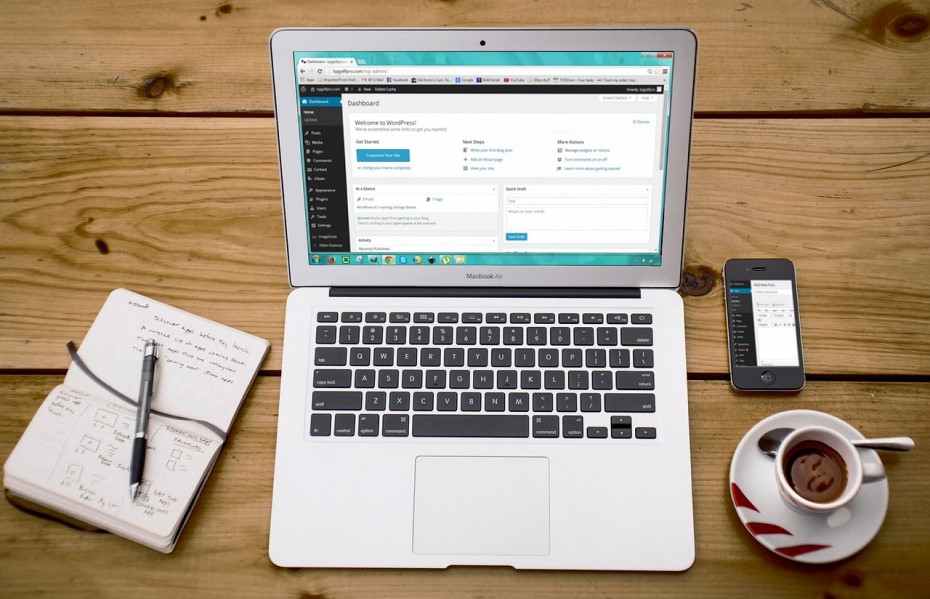Introduction
Creating a dynamic and user-focused website often requires tailoring content and functionality based on the user’s role or capabilities. WordPress offers powerful built-in functions to help achieve this. By leveraging these functions, we can enhance the user experience significantly. In this article, we will explore several practical examples of how to display content conditionally based on user roles and capabilities, ensuring a more personalized and engaging website.
Utilizing the current_user_can() Function
Understanding User Capabilities
WordPress provides a flexible system of user roles and capabilities. Each role comes with a set of capabilities that define what actions users can perform. For instance, administrators have the capability to activate plugins, while subscribers have the capability to read posts. The current_user_can() function allows us to check these capabilities and tailor content accordingly.
Example 1: Displaying Content for Administrators Only
To display content exclusively for administrators, we can check if the logged-in user has the capability to activate plugins. Here’s a snippet to achieve this:
php
Copy code
<?php
if ( current_user_can( 'activate_plugins' ) ): // check for a capability that only admins have ?>
<p>Howdy, Administrator!</p>
<?php endif; // end of user capability check ?>
In this example, we display a welcome message only if the user has the ability to activate plugins, which is a capability reserved for administrators.
Personalizing Content for Members
Example 2: Personalized Messages for Subscribers
For membership sites, personalizing the user experience is crucial. We can display a custom message that includes the user’s first name. This not only makes the experience more engaging but also fosters a sense of community.
php
Copy code
<?php
$current_user = wp_get_current_user(); // grab user info from the database
if ( current_user_can( 'read' ) ): // 'read' is the lowest level capability ?>
<p>Howdy, <?php echo $current_user->user_firstname; ?>! Thanks for being a part of our community.</p>
<?php endif; // end of user capability check ?>
In this snippet, we use the wp_get_current_user() function to fetch the user’s details and display a personalized greeting.
Also read: Artificial intelligence and the future of UI/UX

Dynamic Headers Based on User Roles
Example 3: Conditional Theme Headers
Another powerful use of role-based content is serving different theme headers depending on user capabilities. This approach can make your site feel more customized and professional.
php
Copy code
<?php
if ( current_user_can( 'read' ) && is_user_logged_in() ): // the user can both read posts and is logged in ?>
<?php get_header( 'members' ); // load header-members.php for site members ?>
<?php else: ?>
<?php get_header(); // the default header.php, for non-members ?>
<?php endif; // end of custom header conditional ?>
This code checks if the user has the ‘read’ capability and is logged in. If both conditions are met, a custom header file (header-members.php) is displayed. Otherwise, the default header is shown.
Advanced Customization Possibilities
The examples above illustrate simple yet effective ways to leverage user roles and capabilities to enhance your WordPress site. However, the potential applications are vast. From displaying exclusive content to specific user groups to creating intricate membership systems, the only limit is your imagination.
Conclusion
By utilizing WordPress’s built-in functions such as current_user_can() and wp_get_current_user(), you can create a more personalized and dynamic user experience. Tailoring content and functionality based on user roles not only improves engagement but also ensures that your site meets the diverse needs of its users.
When you create your next WordPress website, think about how you might use these strategies to give your users a more engaging, personalized experience. A more successful website and more user happiness will be the results of your hard work.
By implementing these strategies, you can ensure that your WordPress site not only meets but exceeds user expectations, creating a dynamic and engaging online experience. InCreativeWeb offers essential WordPress development services, including custom theme creation, responsive design, and AI-enhanced content, helping businesses establish a strong online presence and dynamic websites
Author
Jayesh Patel
Jayesh Patel is a Professional Web Developer & Designer and the Founder of InCreativeWeb.
As a highly Creative Web/Graphic/UI Designer - Front End / PHP / WordPress / Shopify Developer, with 14+ years of experience, he also provide complete solution from SEO to Digital Marketing. The passion he has for his work, his dedication, and ability to make quick, decisive decisions set him apart from the rest.
His first priority is to create a website with Complete SEO + Speed Up + WordPress Security Code of standards.